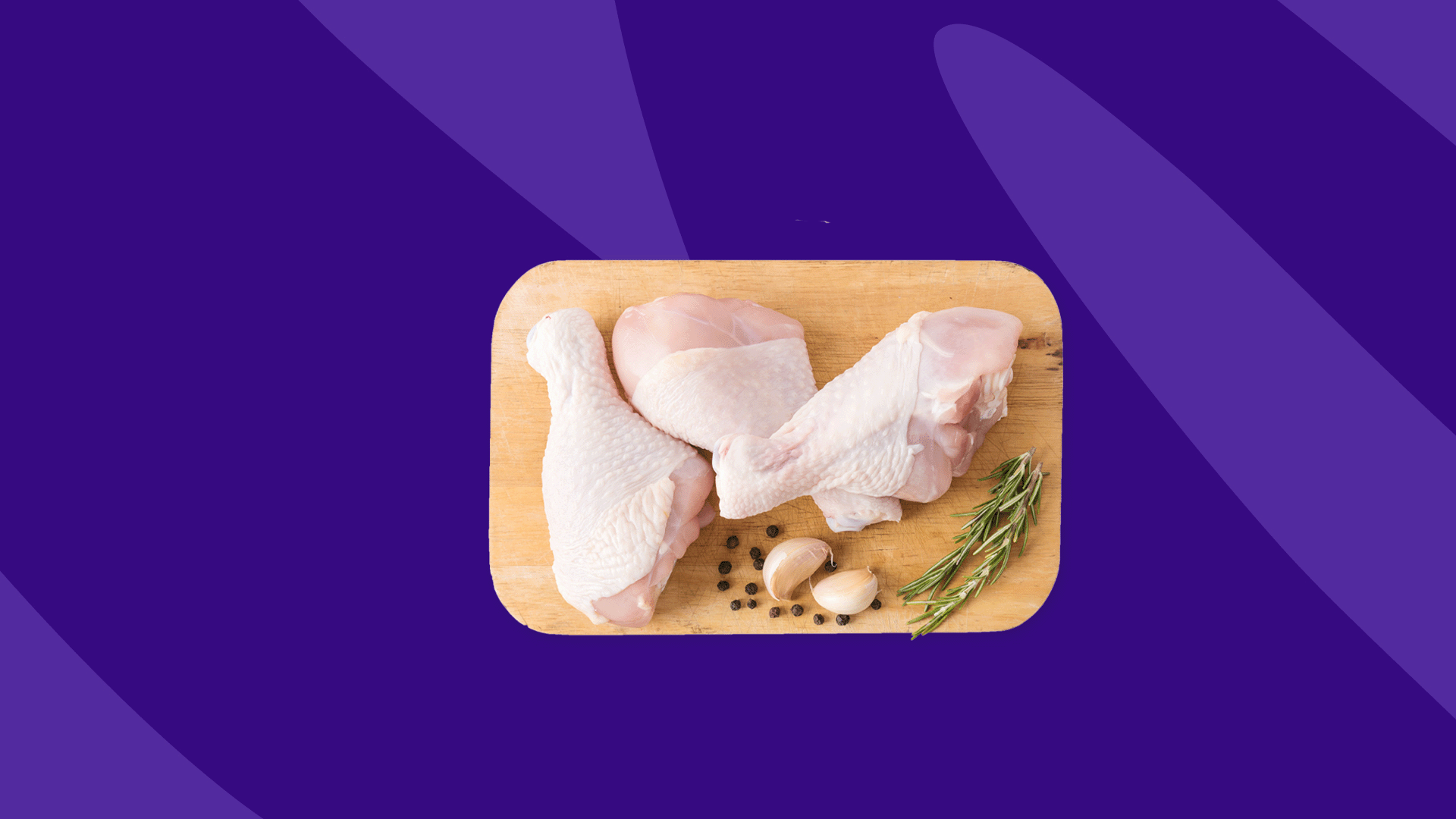What causes food poisoning? | Symptoms of food poisoning | How to avoid food poisoning | Who is most affected | Treatment for food poisoning
Now that summer is here and the Fourth of July is right around the corner, many of us will be enjoying cookouts and barbecues with our families and friends. While this is a great time to indulge in all the delicious foods and drinks, it’s important to be aware of the potential for food poisoning, also commonly referred to as foodborne illness.
According to the Centers for Disease Control and Prevention (CDC), 48 million Americans get food poisoning each year. While the majority of these cases don’t require medical care, approximately 128,000 hospitalizations and 3,000 deaths occur from food poisoning annually.
Keep reading to learn common causes and symptoms of food poisoning, how to prevent food poisoning, and an overview of treatment options.
What causes food poisoning?
Food poisoning can be caused by more than 250 foodborne contaminants, such as bacteria, viruses, parasites, or toxins, according to the CDC.
The five most common organisms that cause food poisoning include:
- Staphylococcus aureus (Staph), commonly found in sliced meats, sandwiches, pastries
- Salmonella, commonly found in raw or undercooked chicken and other meats, eggs, raw fruits and vegetables
- Norovirus, commonly found in shellfish, leafy green vegetables, fresh fruits, and contaminated water
- Clostridium perfringens, commonly found in dried or precooked foods, such as beef roasts, poultry, and gravies
- Campylobacter, commonly found in raw or undercooked poultry, unpasteurized milk, and contaminated water
Symptoms of food poisoning
According to the National Institute of Diabetes and Digestive and Kidney Diseases (NIDDK), common symptoms of food poisoning include:
- Upset stomach
- Pain or cramping of the stomach
- Diarrhea
- Nausea or vomiting
- Headache
- Fever
These symptoms can vary, depending on the germ that caused the contamination. In most cases, food poisoning will cause only mild illness that will pass within a few hours to a few days. However, food poisoning can sometimes cause severe symptoms that require medical attention.
Seek immediate medical care if you experience any of the following symptoms:
- Bloody diarrhea
- Diarrhea that lasts longer than three days
- Blurred vision
- Paralysis
- Tingling or numbness
- Weakness
- Signs of dehydration, such as infrequent urination or dry mouth
- Confusion
- Fever greater than 102°F
“Many of the symptoms of food poisoning are similar to those of a stomach bug or other GI problem,” says Eva Shelton, MD, an internal medicine physician at the Brigham and Women’s Hospital in Boston, Massachusetts. “The distinguishing factor is timing. Food poisoning usually happens within hours of consuming the culprit food, while viral symptoms take days to kick in.”
How to prevent food poisoning
Proper food handling is crucial for preventing food poisoning. The CDC recommends the following four steps for food poisoning prevention:
- Clean: Maintain a clean food preparation environment. Wash hands, utensils, and work surfaces properly before, during, and after preparing food.
- Separate: Keep raw poultry, meat, and eggs separate from fresh produce and other ready-to-eat foods. Use separate utensils and work surfaces to avoid cross contamination of foods.
- Cook: Make sure food is cooked to the minimal recommended internal temperature to kill the germs that could cause food poisoning.
- Chill: Ensure food is refrigerated within two hours of cooking or one hour of being exposed to temperatures above 90°F, such as outdoors during the summer.
“When you’re eating food that someone else prepared—whether you’re at a restaurant, cookout, or other event—don’t eat it if it smells or looks bad,” advises Martha E. Rivera, MD, pediatrician, infectious disease physician, and Integrative medicine specialist at Optimal Healthcare Center in Los Angeles, California. “Prepared salads (potato, macaroni, pasta) need to be kept refrigerated to prevent foodborne illnesses from ruining the celebration. Hot dogs and other deli items should be cooked well and not left out for prolonged periods of time to prevent Listeria or other organisms from growing.”
Who is most affected by food poisoning?
“Unfortunately, you cannot prevent food poisoning [after you have already eaten] contaminated foods,” Dr. Rivera says. “Although, everyone is different and some are at higher risk of getting sick.”
People who are higher risk for experiencing symptoms after eating contaminated food include:
- Infants and children younger than 5 years old
- Adults 65 and older
- Pregnant people
- People with weakened immune systems due to health conditions, such as cancer, diabetes, or HIV/AIDS
Treatment options for food poisoning
In most cases, food poisoning can be treated with proper hydration and rest. It may also be recommended to avoid certain foods until your symptoms subside. According to the NIDDK, foods to avoid after food poisoning exposure include:
- Alcohol
- Caffeine
- High-fiber foods
- Foods and drinks that are high in sugar
- Foods that are high in fat, such as greasy or fried foods
- Milk products that contain lactose
These foods may worsen symptoms such as diarrhea, nausea, and stomach pain.
If you require medical care as a result of food poisoning, your healthcare provider might recommend the following treatment options:
- Antidiarrheal agents, such as Imodium (loperamide)
- Oral rehydration therapy, such as Pedialyte
- Antibiotics, such as Bactrim (sulfamethoxazole-trimethoprim)
“Recovery generally takes one to three days for most situations,” Dr. Shelton explains. “In more severe cases, it may require hospitalization.” Talk to your healthcare provider if you need additional treatment options for your food poisoning symptoms.











